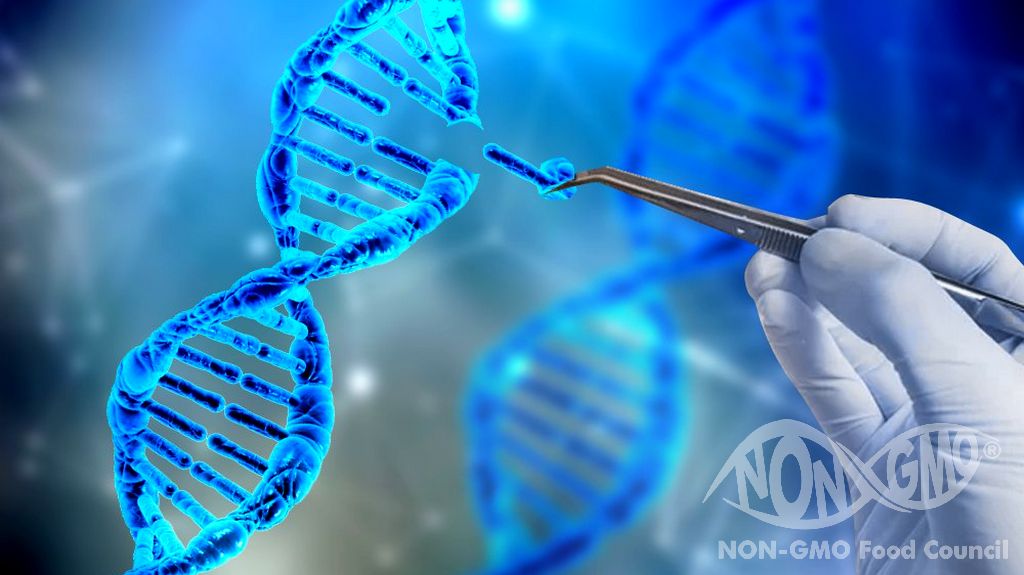Transgenic means that one or more DNA sequences from another species have been artificially introduced. Animals are usually transgenic by injecting a small sequence of foreign DNA into a fertilized egg or developing embryo.

Transgenic plants can be made by inserting foreign DNA into a variety of different tissues. A transgenic animal is where you take a piece of DNA that is not normally found in that animal and insert it between its normal chromosomes.
For example, you can make a transgenic by having a piece of DNA that you cloned in the lab and inject it, for example, into the fertilized egg of a mouse embryo, which then integrates into the chromosome.
And then when that mouse is born, it can pass on that extra piece of DNA to its offspring. Transgenic animals can be used to model human diseases. For example, if you have a certain human disease caused by overexpressing a mutated protein, you can make a transgenic animal that overexpresses the same mutated protein.
Transgenesis is an extremely powerful tool for the genetic analysis and manipulation of mice and other animals. As defined above, a transgene is an experimentally inserted DNA segment carried in the genome of a host animal. A transgene can be engineered to encode a new gene product in the transgenic animal or inserted at the insertion site to replace or disrupt a host gene.
In most cases, a transgene disrupts an endogenous gene, for example, while expressing a new gene product. Therefore, applications of transgenesis take advantage of its ability to induce genetic changes that result in both loss of function and gain of function.
Do not hesitate to contact our expert team to get detailed information about the GMO Free and NON GMO label and certification, or to apply for certification.
